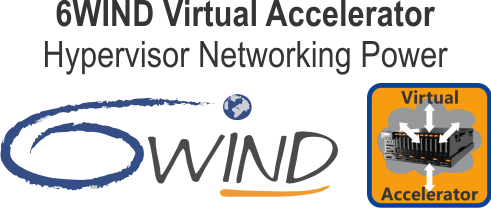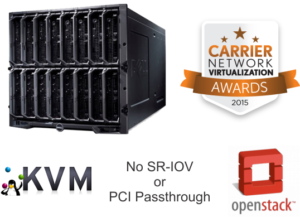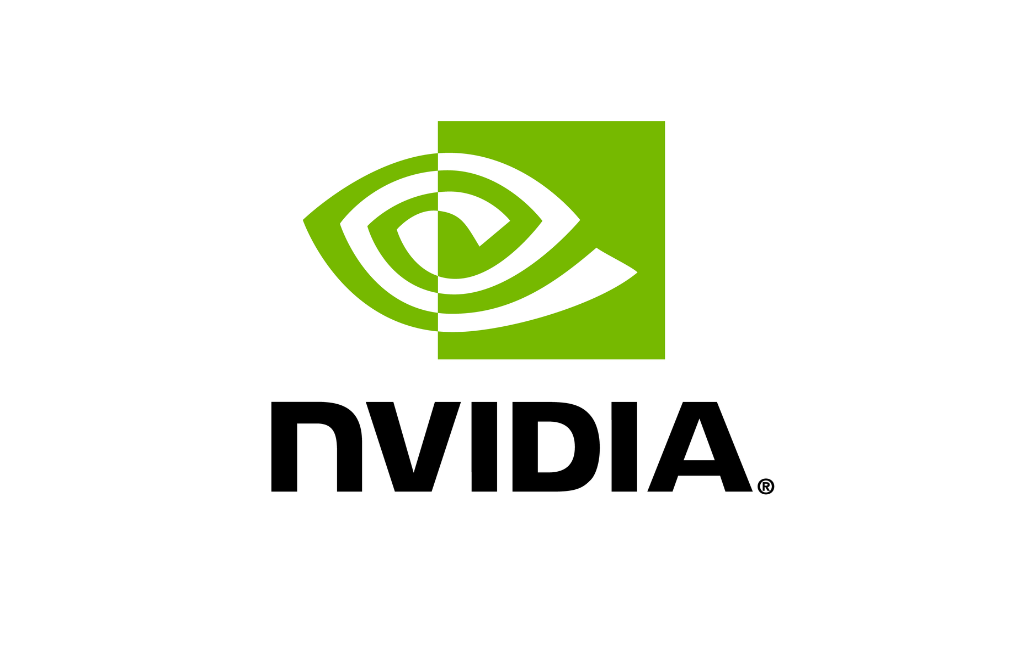POWERING HYPERVISORS WITH THE MOST ADVANCED NETWORKING FUNCTIONS
Networking and telecoms are transforming thanks to the use of high performance networking software on standard and ever more powerful virtualized servers. The result is a significant reduction in networking costs, scalability thanks to software appliances to meet performance needs as required, and flexibility brought by virtualization.

As the foundation for virtual networking infrastructure, the hypervisor has taken on many tasks previously done in specialized hardware such as switching, routing, security and multi-tenancy. The hypervisor also must support the performance requirements of 10, 40, and 100G interfaces. These are tremendous burdens for hypervisors that require horsepower using the optimal processing resources. Let’s review available solutions.
Standard Linux provides a rich set of networking features for virtualized environments and is the OS of choice for OpenStack and SDN deployments. Unfortunately, it is not optimized for networking performance and does not scale well in this area, especially as service density throughput increases. Host to Network Interface Card (NIC) and host to guest communications become bottlenecks.
Hardware solutions like SR-IOV remove the performance bottleneck of the hypervisor. In fact, north-south traffic completely bypasses the hypervisor. With the hypervisor removed from the data path, the rich networking features of the hypervisor are also lost. SR-IOV is highly hardware NIC dependent, implements a limited number of networking features in the NIC and breaks virtualization.
Improving the performance of Open Virtual Switch (OVS) available in the Linux kernel has been done by implementing OVS on top of Data Plane Development Kit (DPDK) that removes Linux kernel performance bottlenecks. These performance improvements are limited to one switching technique, OVS, and don’t address the other features required by telecoms and cloud applications.

- 6WIND Virtual Accelerator provides a complete set of networking features including Linux and OVS switching, all kinds of overlays for multi-tenancy, L3 routing, VRF, ACLs, NAT, IPsec, QoS…
- All these features are provided with the highest level of performance and the lowest latency using a DPDK-based implementation.
- 6WIND Virtual Accelerator features and network management easily integrate with Linux kernel, KVM, OpenStack and SDN controllers as either the application or the management system keep on interfacing transparently with Linux.
6WIND Virtual Accelerator can address multiple use cases such as:
- Virtual On-Premises CPE: Located at the NFV Infrastructure (NFVI) level, 6WIND Virtual Accelerator optimizes packet trips in a vCPE. For instance, instead of being switched at the hypervisor level then routed in a virtual machine, packets can be processed in a single location. Features at the hypervisor level like VRF to route the traffic to the different VNFs or QoS to prioritize flows from different virtual machines provide superior system-level benefits. Providing a large set of networking features at the hypervisor level also saves processing resources to implement more revenue generating applications and services.
- Virtual EPC: Evolved Packet Core is at the core of the mobile network infrastructure. After a first generation based on bare-metal hardware platforms, EPC is now virtualized for better cost-effectiveness, greater adaptability and flexibility. 6WIND Virtual Accelerator provides the ideal and OpenStack friendly solution to accelerate packet processing at the NFVI level for delivering the right bandwidth and network features to EPC virtual machines.
- Cloud services: Accelerating and providing more features at the hypervisor level provides the right network bandwidth to onboard more virtual machines for increasing virtual machine density and reducing TCO. 6WIND Virtual Accelerator also reduces network latency for time-sensitive services like gaming and trading and enables bandwidth-hungry cloud services such as anti-DDoS-based services offloaded by 6WIND Virtual Accelerator.
Powering the hypervisor with the most advanced and high-performance networking functions is a key enabling technology for NFV and advanced cloud services.
By Eric Carmès, 6WIND Founder and CEO
For more information, please check: http://www.6wind.com/products/vrouter/6wind-virtual-accelerator/


